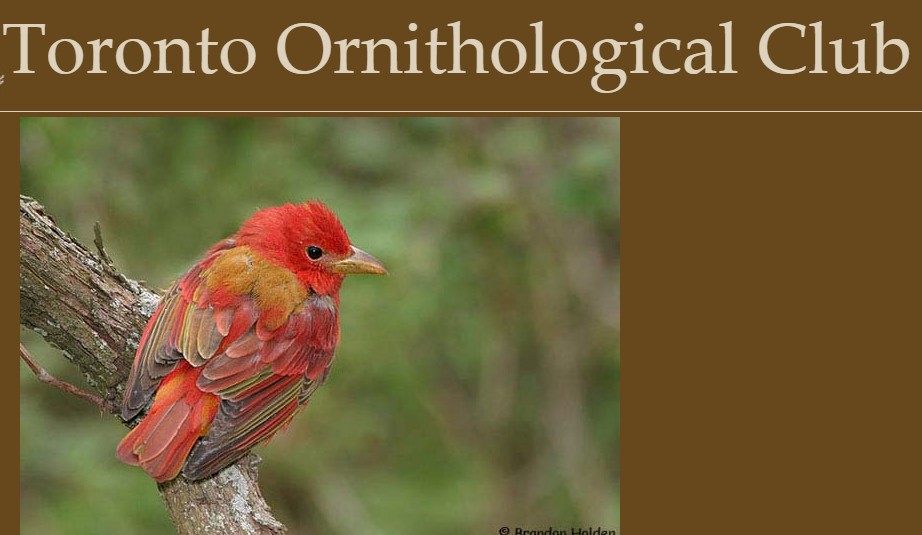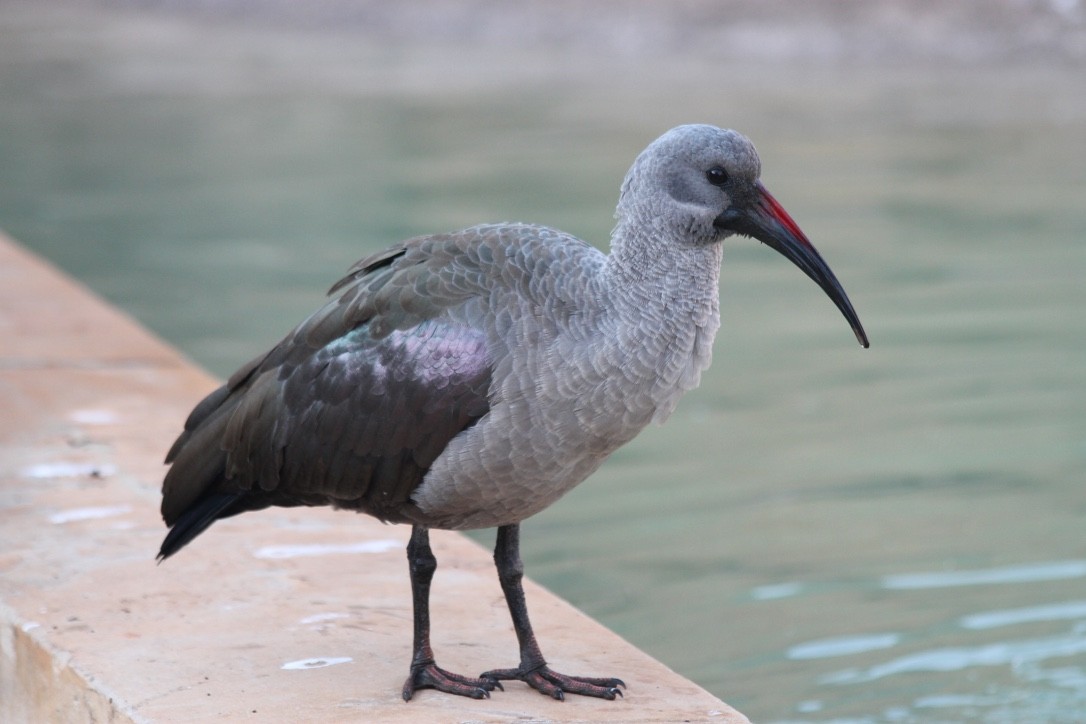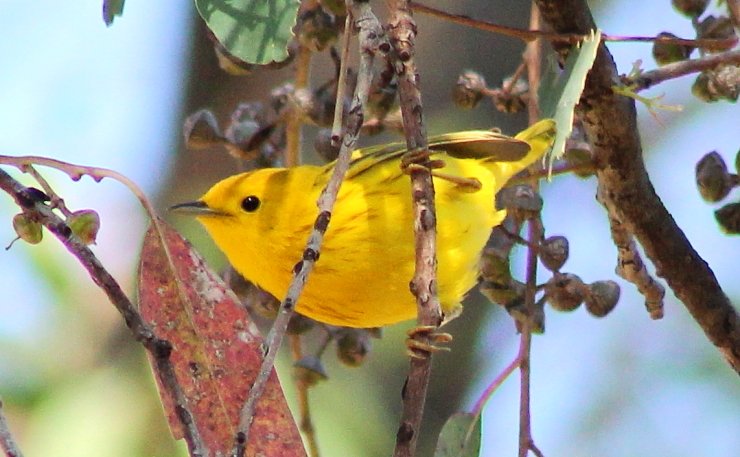PROTECT YOUR DNA WITH QUANTUM TECHNOLOGY
Orgo-Life the new way to the future Advertising by Adpathway Spider wasp and wolf spider, Frick Park, 14 August 2025 (photo by Charity Kheshgi)
Spider wasp and wolf spider, Frick Park, 14 August 2025 (photo by Charity Kheshgi)19 August 2025
Last Thursday Charity Kheshgi and I were on a narrow trail at Frick Park when we had to stop because a big black wasp was flying back and forth over the trail, sometimes landing and wiggling her antennae on the ground, then flying again in front of us. Charity got a photo of her on the ground. Why won’t she leave?
While we waited I googled “black wasp with yellow antennae, orange-tipped wings” and found out she was a spider wasp, probably Entypus unifasciatus pictured below. She was doing something really creepy and we shouldn’t get too close.
 Entypus unifasciatus spider wasp (photo from Wikimedia Commons)
Entypus unifasciatus spider wasp (photo from Wikimedia Commons)“Female spider wasps [E. unifasciatus] hunt for wolf spiders to provision their nests, which they often create in pre-existing cavities or burrows.” — paraphrased from Missouri Dept of Conservation.
Wolf spiders fight these wasps but she flies to avoid his reach, then stings him and injects her paralyzing venom.
Because of camouflage it took us a while to realize that this wasp had a victim. She turned the paralyzed spider to make sure he was immobile, then grabbed him with her jaws, dragged him backwards down the trail and disappeared into the weeds where she’d established a burrow.
 Spider wasp and wolf spider, Frick Park, 14 August 2025 (photo by Charity Kheshgi)
Spider wasp and wolf spider, Frick Park, 14 August 2025 (photo by Charity Kheshgi)This photo by Lafe on Flickr shows a spider wasp dragging a wolf spider across his lawn.
 Spider wasp dragging wolf spider (photo by Lafe via Flickr Creative Commons license)
Spider wasp dragging wolf spider (photo by Lafe via Flickr Creative Commons license)The wolf spider is alive but cannot move. Inside her nest …
At the end of this burrow is a deep cell or chamber carved out in advance by the female. While depositing the spider there, she lays a fertilized egg [on the spider]. Once her egg hatches, the larva begins eating the spider while it is alive, but still paralyzed. Once the larva grows large enough, it pupates in this cell over the winter, and emerges as a winged adult in the early summer.
…
Because females lay many eggs in a season, they must collect multiple spiders as food stores. This usually means that their appearance is a bit haggard and worn out by the end of summer thanks to many victorious battles.
— Insect Identification: Spider Wasp (Entypus unifasciatus)Creepy.























 English (US) ·
English (US) ·  French (CA) ·
French (CA) ·